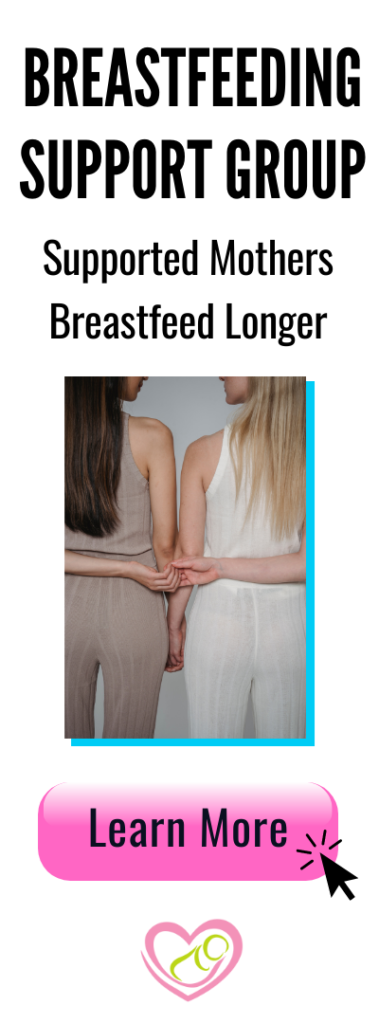Sore Nipples After Breastfeeding or Pumping
April 17, 2025 2025-04-17 13:42Sore Nipples After Breastfeeding or Pumping
Why Are My Nipples Suddenly Sore After Feeding?
It can be confusing and frustrating to suddenly experience sore nipples after weeks or months of comfortable breastfeeding/pumping. You’ve been doing so well—feeding your baby without pain, finding your rhythm—and then out of nowhere, you’re feeling sore. It can be disheartening, but mama, you haven’t done anything wrong! There are actually several common reasons this can happen, even after a smooth start. Your body and your baby are always changing, and sometimes that means little bumps in the road—but nothing you can’t handle with a little support. Once we understand the cause, we can take steps to ease the discomfort and get you back to nursing comfortably.
If the pain continues or you’re not sure what’s causing it, we are here to help you sort it out. Request a Lactation Appointment
1. Plugged Ducts or Mastitis
Milk flow can occasionally get obstructed, leading to inflammation that causes a plugged duct or progresses into mastitis. Obstructed milk flow can cause nipple pain, swelling, or a localized lump. Continuing to breastfeed or pump frequently helps clear blockages, but each issue might need slightly different treatment approaches. See more about managing plugged ducts HERE.
2. Hormonal Changes
The return of your menstrual cycle or ovulation can trigger temporary nipple sensitivity due to hormonal fluctuations. This usually only lasts a few days, but the discomfort can still be noticeable. See more in our article here: Breastfeeding And Your Period- What You Need To Know
3. Nipple Trauma
As your baby grows, they may become more active and distracted while nursing—pulling, tugging, or even biting (especially if teething). These behaviors can lead to soreness or damage to the nipple. See our article here: Nursing a Distractible Baby
4. Changes in Flange Size
When you first start pumping, finding the right flange size—the part of the breast pump that fits over your nipple and areola—is crucial for comfort and milk output. But what many people don’t realize is that your ideal flange size can change throughout your breastfeeding journey. If pumping is suddenly uncomfortable or your breasts are sore afterwards, watch our video: Why Flange Size Matters & How To Find Your Size
5. Skin Irritation
Increased saliva from your baby’s teething can irritate the skin around your nipples. This, paired with more frequent nursing or drooling, can lead to chafing and soreness. Try gently wiping your breasts with soft, wet washcloth after feeding, then express a little breast milk onto the area and let it dry naturally before applying a good nipple balm. Earth Mama Organics Nipple Butter is our favorite. If your skin remains irritated, you can use a mild saline rinse or baking soda solution (1 tsp per cup of distilled water) soothe the area and neutralize the enzymes. If symptoms do not improve, please contact your physician and lactation consultant for help.
6. Thrush
A yeast infection (thrush) can cause persistent and painful nipple discomfort. If untreated, thrush can become a recurring issue that requires antifungal treatment. Thrush often appears as redness, flaking, or peeling skin on and around the nipples, and may include burning or stabbing pain, itching, cracks or tiny blisters. If you suspect you may have thrush, contact a lactation consultant immediately for help. Please do not self-diagnose—these symptoms could be caused by other issues as well.
7. Latch and Positioning Issues
Even seasoned breastfeeding duos can occasionally slip into poor latch or positioning habits. A shallow latch or awkward nursing position can quickly lead to soreness or even cracked nipples. Watch our video for a reminder of the basics: Breastfeeding Positions & How To Latch Your Baby
What Should You Do?
Monitor your symptoms closely. If you notice persistent or worsening pain, consult with a lactation consultant or healthcare provider. Early intervention can prevent complications and help you get back to pain-free feeding!


